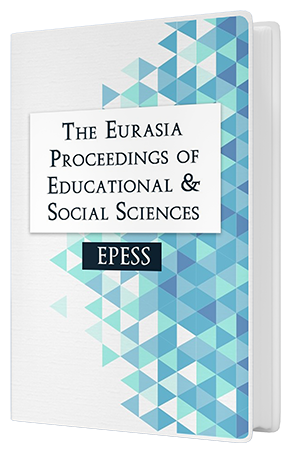The role of Macrosocial Structures, Political Institutions, and Elites in the Process of Autocratization in the 21st Century
DOI:
https://doi.org/10.55549/epess.1413358Keywords:
Democracy, Democratic decline, Political elites, Co-inertia, StatisAbstract
Objective: To explore the causal factors of democratic decline in Ecuador during the period 1996-2019, with a focus from 2007 onwards, paying attention to the levels of social reality: structures, institutions, and political actors. Methods: Based on the political sociology approach, the multivariate techniques of Co-inertia and Statis were applied, using three tables with sets of variables from each level of social reality. Their joint variance was analyzed. The observation units were each year of democratic regime governance, aggregated into the country-year unit. Results: Both Co-inertia and Statis give greater explanatory weight to the variables of political actors in the process of democratic decline, distinguishing three sets of variables that explain three different government periods of the decline. Discussion: The electoral variety of democracy contradicts the egalitarian variety in the Ecuadorian case. Statis has a greater capacity to represent the variance of the variable tables. Conclusions: Statis and Co-inertia highlight the influence of actors. There is a critical juncture in 2007-2008 related to electoral democratic decline and an increase in egalitarian variety. Radical parliamentary elites and most of the president's party influence the decline, while the radicalism of parliamentary elites is related to an increase in equality and the Human Development Index, especially in 2009-2012.Downloads
Published
Issue
Section
License
Copyright (c) 2023 The Eurasia Proceedings of Educational and Social Sciences

This work is licensed under a Creative Commons Attribution-NonCommercial-ShareAlike 4.0 International License.
The articles may be used for research, teaching, and private study purposes. Any substantial or systematic reproduction, redistribution, reselling, loan, sub-licensing, systematic supply, or distribution in any form to anyone is expressly forbidden. Authors alone are responsible for the contents of their articles. The journal owns the copyright of the articles. The publisher shall not be liable for any loss, actions, claims, proceedings, demand, or costs or damages whatsoever or howsoever caused arising directly or indirectly in connection with or arising out of the use of the research material. All authors are requested to disclose any actual or potential conflict of interest including any financial, personal or other relationships with other people or organizations regarding the submitted work.




